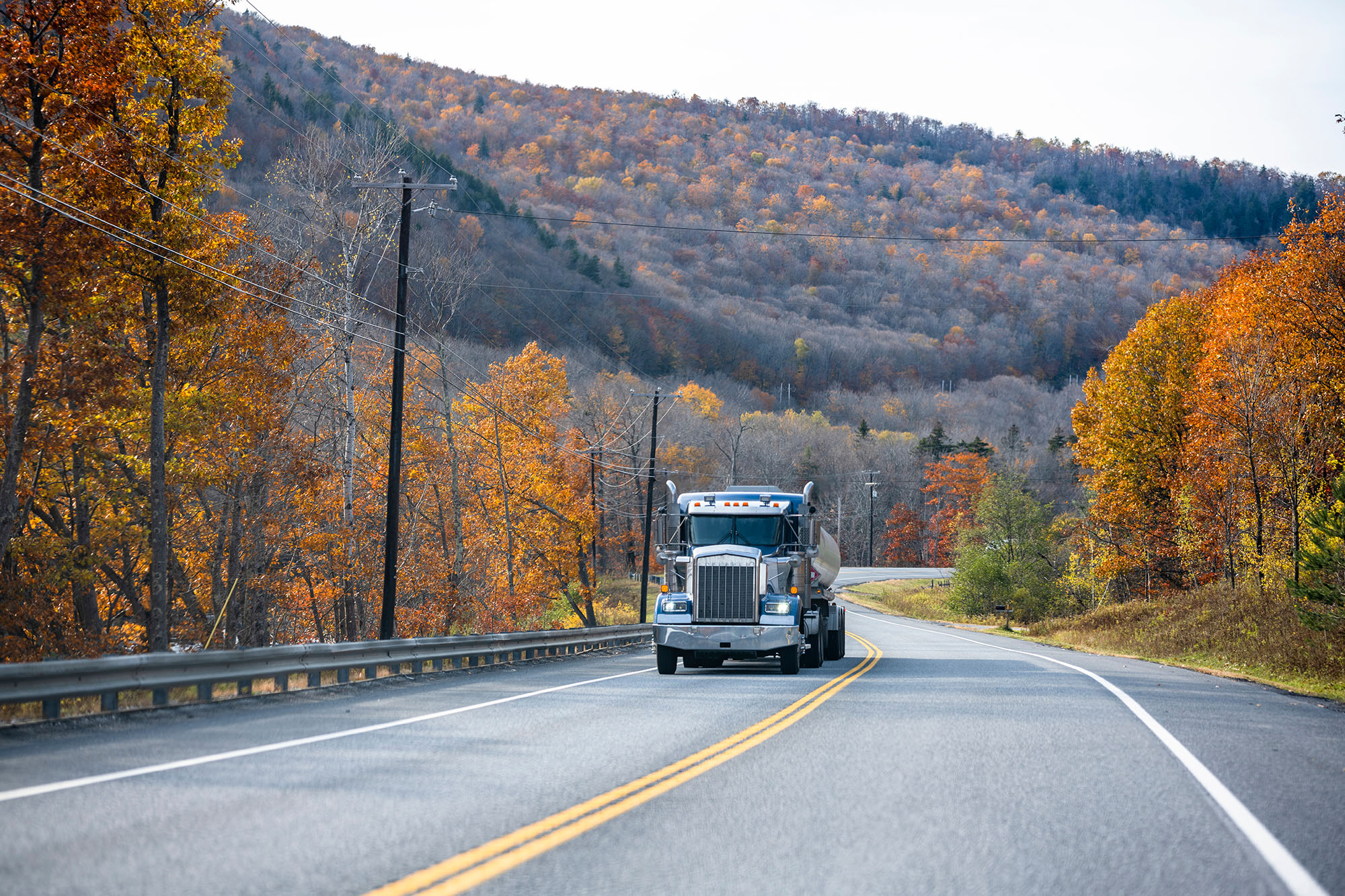In today’s economy, consumer demand drives nearly everything. People want faster delivery, broader selection, and real-time access to whatever they need. That expectation for instant gratification has reshaped countless industries — and trucking sits squarely at the center of it all.
Consumerism and the Demand for Speed
E-commerce and global supply chains have created a world where two-day shipping feels slow. Retailers now compete on delivery speed as much as price or product, and that pressure flows directly down to carriers and drivers.
Every online order triggers a series of coordinated moves across warehouses, distribution centers, and, ultimately, trucks. From food and furniture to electronics and pharmaceuticals, nearly every consumer purchase depends on reliable freight movement. Without trucking, the promise of next-day or even same-day delivery simply wouldn’t hold up.
Growing Demand Brings Growing Strain
While consumerism has fueled growth, it’s also exposed the limits of the system that keeps it running. Fleets are under constant pressure to move more freight, faster, and more efficiently — all while facing long-standing industry challenges, including:
-
Driver shortages: A persistent lack of qualified drivers continues to strain capacity.
-
Tighter schedules: Retailers and consumers alike expect smaller delivery windows and zero delays.
-
Rising costs: Fuel, equipment, maintenance, and insurance continue to climb.
-
Aging infrastructure: Congested highways and deteriorating roads make it harder to maintain delivery standards.
The push for convenience has put trucking in a balancing act between growth and sustainability.
Innovation on the Move
Technology has become essential in meeting these demands. Fleets are investing in GPS tracking, telematics, route optimization, and automated logistics systems to improve efficiency and reduce downtime. Alternative-fuel and electric trucks are also gaining traction as both carriers and shippers look to meet sustainability goals and appeal to increasingly eco-conscious consumers.
While these advances can help offset rising costs and labor shortages, they also require significant investment and operational change. The companies that can integrate technology effectively are the ones best positioned to keep up with consumer expectations.
The Consumer Connection
For most shoppers, the trucking industry remains invisible. Few think about what happens after clicking “buy now.” But every online sale, social media trend, or seasonal rush sets trucks in motion. The flow of freight has become a mirror of consumer behavior — and every truck on the road is a moving reminder of how dependent our economy has become on fast, frictionless delivery.
Looking Ahead
Consumerism isn’t slowing down, and neither is the demand it places on trucking. The industry’s future will depend on how well it can adapt through innovation, workforce development, and smarter infrastructure investment.
As long as speed and convenience remain top priorities for consumers, trucking will continue to shoulder the load — keeping the economy moving one shipment at a time.



